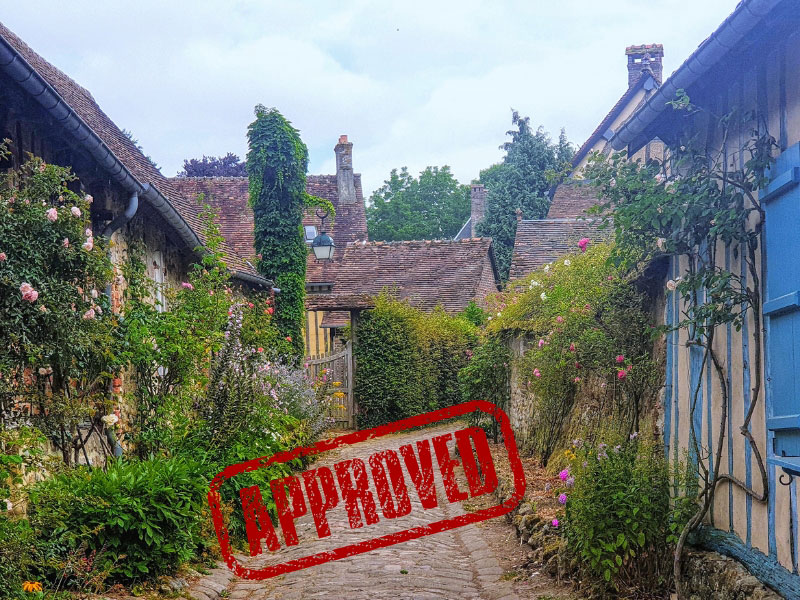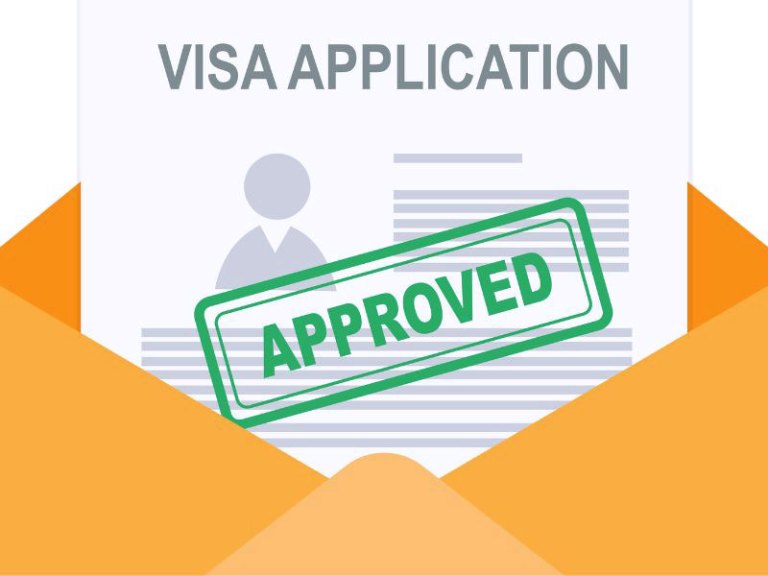If you’re not a citizen of a country in the EU and you want to go to France for more than 90 days out of 180 – you may need a visa. That goes for both the UK, Australia and the US. We asked the experts at French Connections HCB to explain how the process works when you apply for a Visa to stay in France.
US and UK Visa applications for France
What’s the difference between French visa applications for UK and US citizens? In the days when the UK was still part of Europe, it was much easier to be British than American when it came to living and working in France. Since Brexit, the processes for UK and US citizens are pretty much the same and any differences are usually to do with the documentation that’s required.
Let’s have a closer look.
As with any visit to France, it all depends on how long you want to stay. For short visits, the process is the same for both US and UK citizens now that both countries fall under the 90/180 day rule which states that you can arrive in France without a visa and stay for exactly 90 days out of 180 before the law requires you to leave. This regulation is enforced by a passport stamp on entry and departure, so there is no getting around it!
The 90 day rule
People are often confused about when the 90/180 day period starts and ends. There is a useful online calculator on the French government website that can help you work it out accurately. In effect, you need to count backwards when you are planning your next trip to see how many days you have spent in France and the Schengen area in the past 180 days.
We are often asked if a side trip to another Schengen country can prolong the 90 day period. The answer is no, the rule applies to all Schengen countries. (However, there are some countries that are part of Europe but not part of Schengen, and they are subject to different rules.)
Temporary long stay visa
If you want to stay longer than 90 days in France without being obliged to leave, you should consider a temporary long stay French visa (VLS-T) which is valid for 4-6 months. It is designed for foreign nationals who want to come to France without working, or to participate in a short educational program.
The list of documents you are expected to provide is the same for both US and UK visitors. It includes proof that you can support yourself financially during your stay in France, a commitment not to work, proof that you have somewhere to stay and the appropriate medical cover.
The good news is that the VLS-T is relatively easy to acquire. You can apply for it up to three months before the date you intend to travel, and your visa only becomes valid on that date, even if it is ready much earlier. That allows you to plan accurately for your departure.
There’s an important difference between UK and US applications regarding health insurance. If you are a UK citizen and only wishing to stay in France for six months, you don’t need to show proof of health insurance. Your current GHIC is enough. However, US citizens need proof of health insurance for the duration of the visa.
The VLS-T visa allows you to come and go as you please as long as you are heading home by the end of your designated six-month period. The downside is that if you decide at the end of the validity of your visa that you would like to stay in France, you are not allowed to. Instead, you have to head back home. After six months, you will be entitled to apply for another short or long stay visa.
Long-stay visitor Visa
That brings us to the long-stay visitor visa (VLS-TS). This option allows you to stay in France for twelve months and, if you wish to stay permanently, you can apply for residency two months before the visa ends without having to leave France. The VLS-TS for US and UK applicants shares many procedural similarities in terms of documentation, but the companies holding the visa appointment are different: VFS Global in the US and TLS Visa Centre in the UK.
How long does it take to get a visa?
In summary, the biggest difference between applying for any French visa as a UK or US citizen really gets down to the time frame. The US is usually much faster than the UK in processing French visa applications. For example, as a US citizen you would expect to get your passport back within approximately 2 weeks. In fact, the American visa centre no longer asks whether you would prefer to pick up your passport or have it sent to you. Once they receive your passport back from the French consulate, they simply send it by Fedex and it arrives within a day.
In the UK, it takes an average of 15-20 working days for your passport to be returned. If you don’t opt to pick it up yourself, it is sent by Royal Mail and will usually take three days to arrive. We always advise our UK clients to go and pick it up to avoid further delay.
When it comes to using the visa centre website, the US wins again. Theirs is easier to use, more intuitive, clearer and faster. That’s good news for Australians, too, as Australia uses the same global system as the US.
ID Photos
Apart from that, the differences between US and UK applications are minimal and occasionally comical, such as the rules concerning ID photos. In the US ID photo you can smile but you have to show your ears. In the UK, you are not allowed to smile but they don’t care if they can’t see your ears. Yes, it gets down to that level of detail!
No matter how efficient the visa application system is, the process can be stressful and it’s the little details that can trip you up. Like the fact that every visa application begins with needing an address in France, making sure you have the correct documents, booking a face-to-face appointment online… the list goes on.
It’s worth checking carefully
Many people turn to social media groups to find the answers if they get stuck filling in their online forms, or don’t know which visa to ask for. But there’s a problem. Ordinary people on social media are not experts and everybody’s circumstances and experiences are different, so what might have been right for one person is not necessarily the correct solution for you. Added to that, rules are constantly changing and being updated, depending on where in France you want to live. France is a surprisingly big country and is broken down into 101 administrative ‘departments’ or regions. Within those regions are cities, and within those cities are individual prefectures which are ultimately responsible for the regulations in their community.
Our advice is always to use the official French government website france-visas.gouv.fr if you are making your own application. At least the information you find there will be current and correct, if sometimes confusing.
Help is at hand
If time is against you or you find the regulations difficult to understand, French Connections HCB can help to make the process as smooth as possible. Their friendly team of bilingual admin experts have helped thousands of English-speakers move to France. They have strong connections to the French authorities and are aware of any change in the regulations. They make sure you apply for the visa that is best suited to you, then verify every application to make sure it is correct before submitting it on your behalf. Plus they follow its progress and provide you with regular updates. Of course, every visa application is evaluated and judged by the French Embassy or Consulate in the same manner, whether you submit it yourself or they submit it for you.







